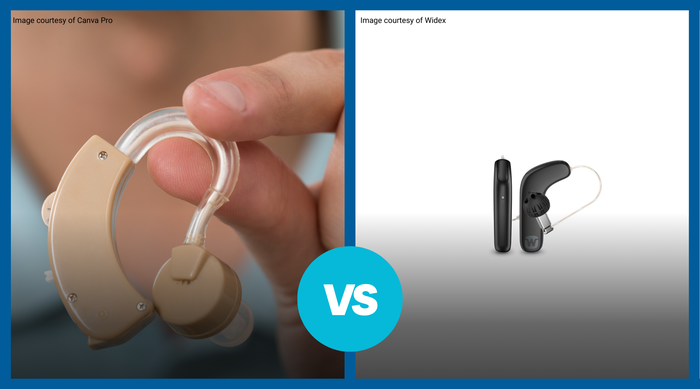Cool Device, Bruh, But Does It Work?
This week in Pedersen's POV, our senior editor weighs in on an evolving debate in medical device design.
April 22, 2024

Dave Saunders, one of MD+DI's 24 Medtech Voices to Follow in 2024, revived an old medical device design debate recently on LinkedIn.
Saunders posted a video, "How It Works Is More Important Than How It Looks: Usability vs. Aesthetics in Medical Devices," in which he examines the importance of usability over aesthetics in medical device development.
"The cosmetics—those are things that you can deal with later on, but those are not the first decision-makers for the surgeon or the practitioner," Saunders said in the LinkedIn post. "They care about whether or not the thing works, whether or not the thing is going to slow them down, and especially, the huge benefit, could this thing actually speed them up? Could it improve their workflow? Could it make it possible to fit another patient in on surgery day? Those are real value benefits."
If the device has pretty-looking plastic and a racing stripe on the side, Saunders added, that might matter for a product photo or video shoot, but it won't be important during the surgery.
"Keep in mind, most of these devices are draped so people aren't going to see what they look like during the procedure," Saunders said. "The patient is going to be under anesthesia so they're not going to see it."
Cosmetics might become important at some point, Saunders conceded, but that "window dressing," as he calls it, isn't typically noticed during the procedure.
"Nobody's going to take your device out of the box for the second, hundredth, thousandth time because it looks cool," Saunders said. "They're going to take it out over and over again because it's that darn useful to them.
I'm one of those medtech geeks who asks a lot of specific medical device-related questions before any procedure I undergo. I usually ask the surgeon at the pre-op visit what devices they'll be using during surgery, which company manufactures the device, and, most importantly, why that is their device of choice.
I've been through many ORs in the 17 years that I've been writing about medical devices, and I have yet to hear a surgeon say they like a particular device "because it looks cool."
If a surgeon ever did respond to my questions in such a way, I would probably thank them for their time and leave to go find a different surgeon to do the procedure. I don't care whether the screw in my foot is a vibrant purple color or not because the color doesn't even show up on x-rays so literally nobody outside the OR will ever know its color. I'm much more concerned about the fatigue strength of the screw and how Medline optimized the head size to minimize soft tissue irritation, or how the design might have helped with placement accuracy during the procedure.
But what about devices that are intended to be used outside of the operating theater, or even outside of the traditional healthcare environment altogether? That's when aesthetics do start to matter. Maybe not as much as function and usability, but it should be more than just as an afterthought.
Take hearing aids, for example. If you think about the hearing aids your grandparents used to wear, you probably are picturing a bulky, beige, banana-shaped gadget like the one on the left in the graphic below. Older generations absolutely hated to wear their hearing aids because they were so obvious and carried a stigma. Today's hearing aid manufacturers, like Widex, are trying to destroy that stigma through design.
During the usability studies for the latest Widex hearing aid model, some people commented that they would take their Widex SmartRIC hearing aid off to show people how cool it is (pictured on the right in the graphic below).

Diabetes management devices are another example of when cosmetics matters in medical device design.
"The best consumer products are simple, approachable, usable, and useful," said Apurv Kamath, senior VP of product and global marketing at Dexcom, when the company launched its G7 continuous glucose monitoring sensor. "Just because we're building a product to help manage diabetes doesn't mean the experience should feel clinical."
So, while I agree with Saunders on the importance of function over form in medical device design, I think today's medical devices need to be designed with the intended use environment in mind. If you're developing a surgical device, function will matter much more than form. At-home medical devices, on the other hand, must take the aesthetics into consideration upfront.
About the Author(s)
You May Also Like




